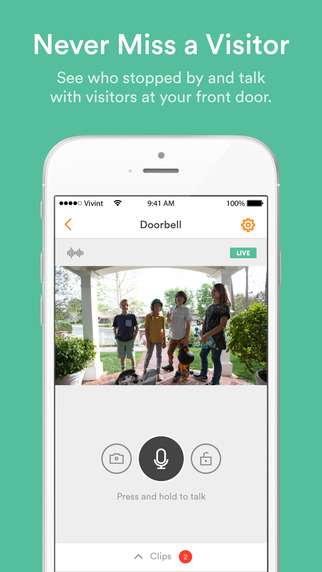Is DIY smart home tech hobbled by poor app functionality?
Is DIY smart home tech hobbled by poor app functionality?1

In Argus Insights’ newest “Smart Home 360” report, it’s clear there’s a strong distinction between consumer perception of the apps associated with the most popular Smart Home Service Providers and MSOs (Multiple System Operators) and the apps coming with Do It Yourself (DIY) devices.
Argus Insights found that — from over 56,000 app and device reviews — ADT and Suddenlink are the least liked of MSOs and service providers and their associated apps saw a drop in both the tone and volume of feedback over the last month, an indication that frustrated users could be moving to other providers.
This is consistent with previous research that demonstrates a high degree of satisfaction by customers in DIFM (“Do it for me”) installations.
However, Vivint’s Sky app, Cox Communications Homelife app, Xfinity Home app and Alarm.com app all trended up — an impact of both new releases and subscriber growth.

Vivint’s Sky App
A functionality gap?
The report reveals that the gap between consumer perception of the Smart Home devices they install and the apps use to control them persists, with the apps failing to deliver the promised functionality and usability. Connectivity continues to be a key barrier to adoption for most consumers, and home security continues to be the most discussed usage scenario by consumers both in the review data and in the more aspirational social conversations.
Users of the service provider apps that orchestrate their Smart Home experience have, in the last few months, seen the experience improve over the apps used to control those provided by device manufacturers like Nest and Philips.
This suggests that those offering “Do It For Me” experiences, especially after recent improvements by AT&T, Vivint, Comcast and others, are beginning to best DIY experiences. This is mainly due to the fact that DIY experiences are still plagued with connectivity issues bleeding over from the initial installation of the devices in the home. Most of the issues for MSO and Service Providers are related to software quality issues such as app stability and constant bugs.
See also: Do we really want to DIY our home automation?
However, both sets of users are frustrated with the performance of door lock and entry monitoring controls of their apps, mainly due to connectivity issues as data moves from door to gateway to cloud to phone and back again in a complex handoff of command and control. Connectivity issues like this can sometimes leave consumers fumbling for their keys after trying to use their phone.
Consumers are still more concerned about asset protection than having purple mood lights in the kitchen. While Amazon’s Echo continues to dominate as the most popular interface to the Smart Home, many consumers are still waiting to see if and when Apple starts to make good on the promise of HomeKit. The firm’s recent announcements at WWDC makes us hopeful.
Clearly there is a need for improvement in the home automation apps that are the conduit to any smart home. Without this, consumer dissatisfaction is sure to increase.
The post Is DIY smart home tech hobbled by poor app functionality? appeared first on ReadWrite.
(43)


